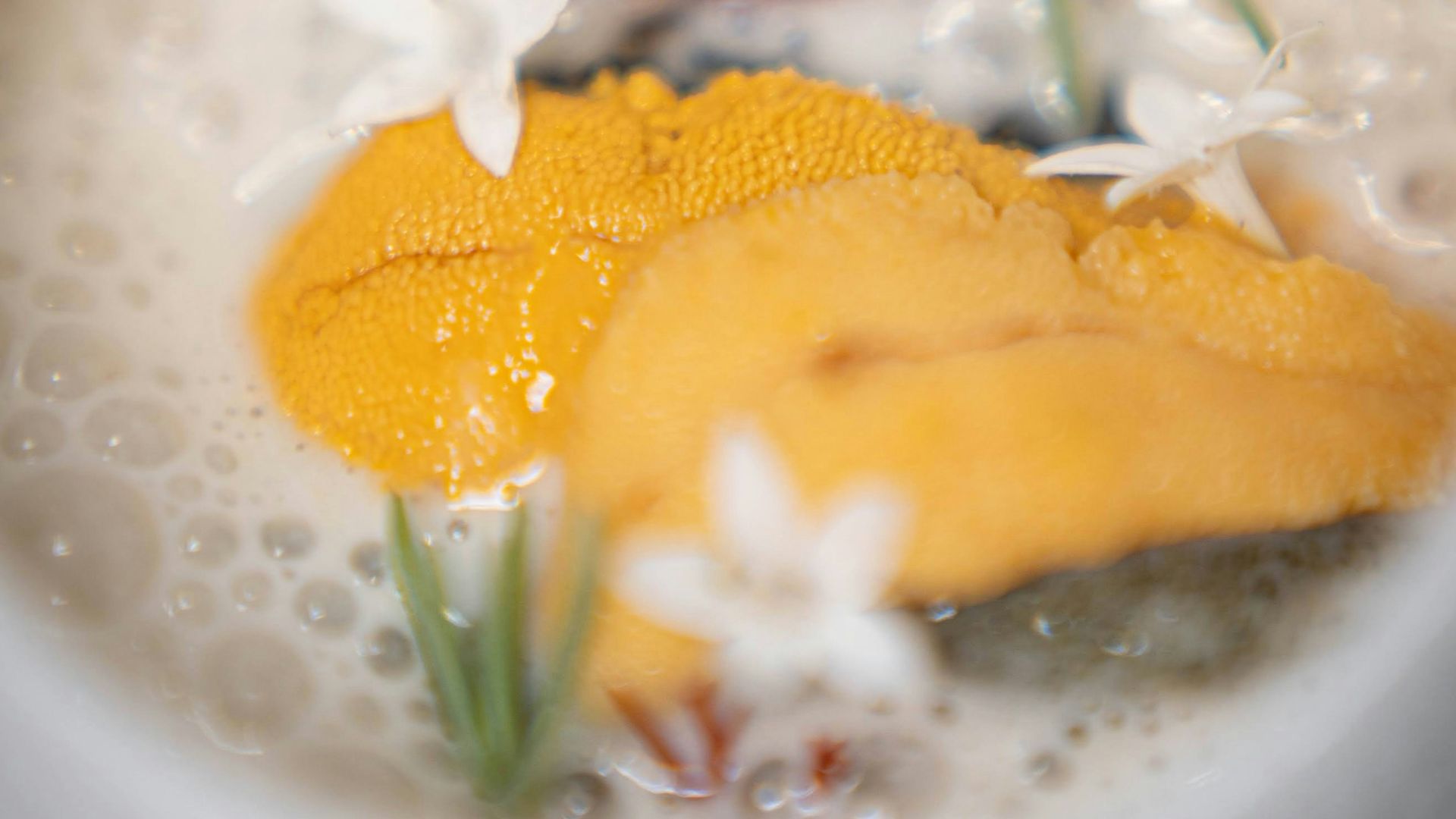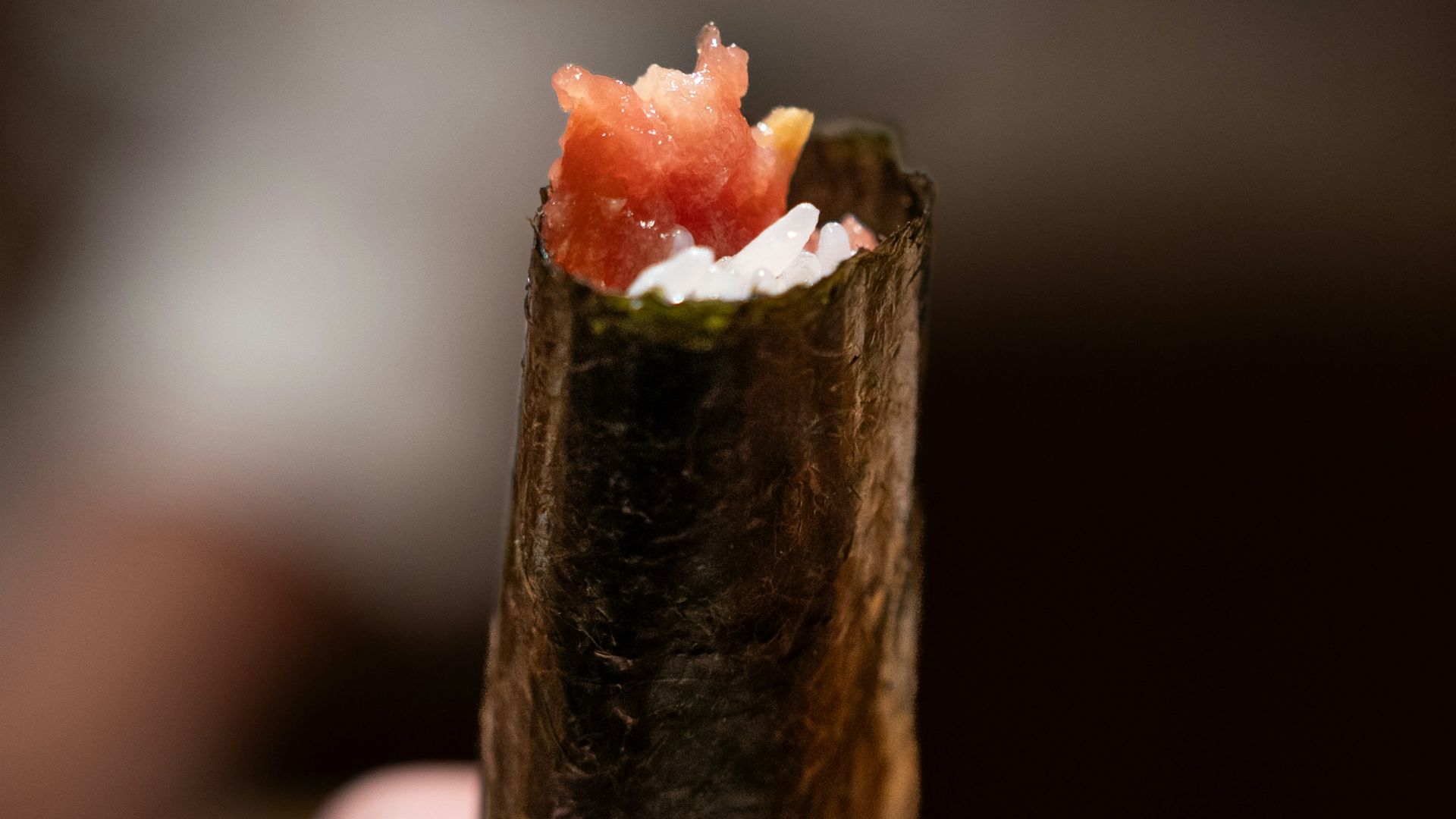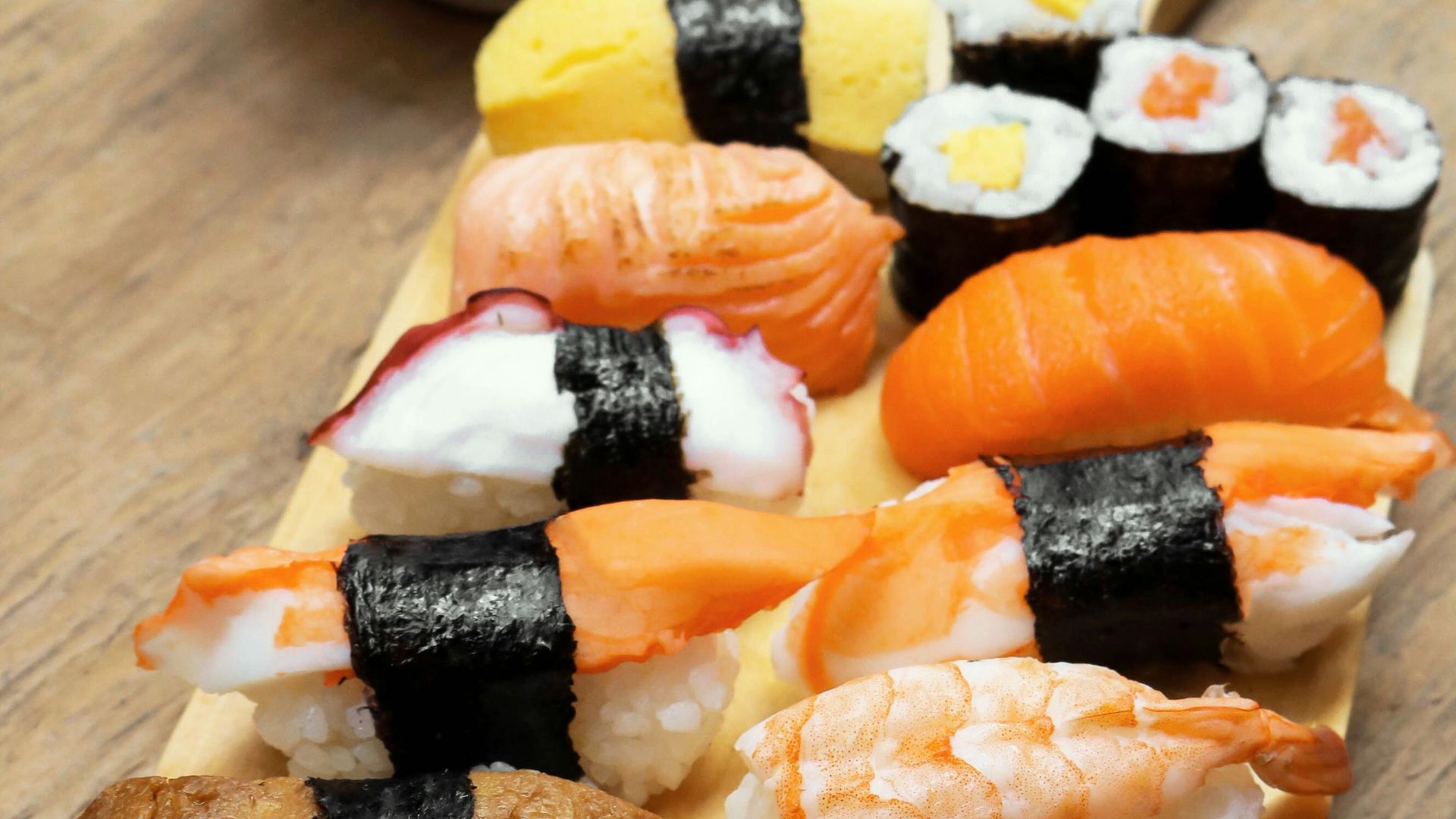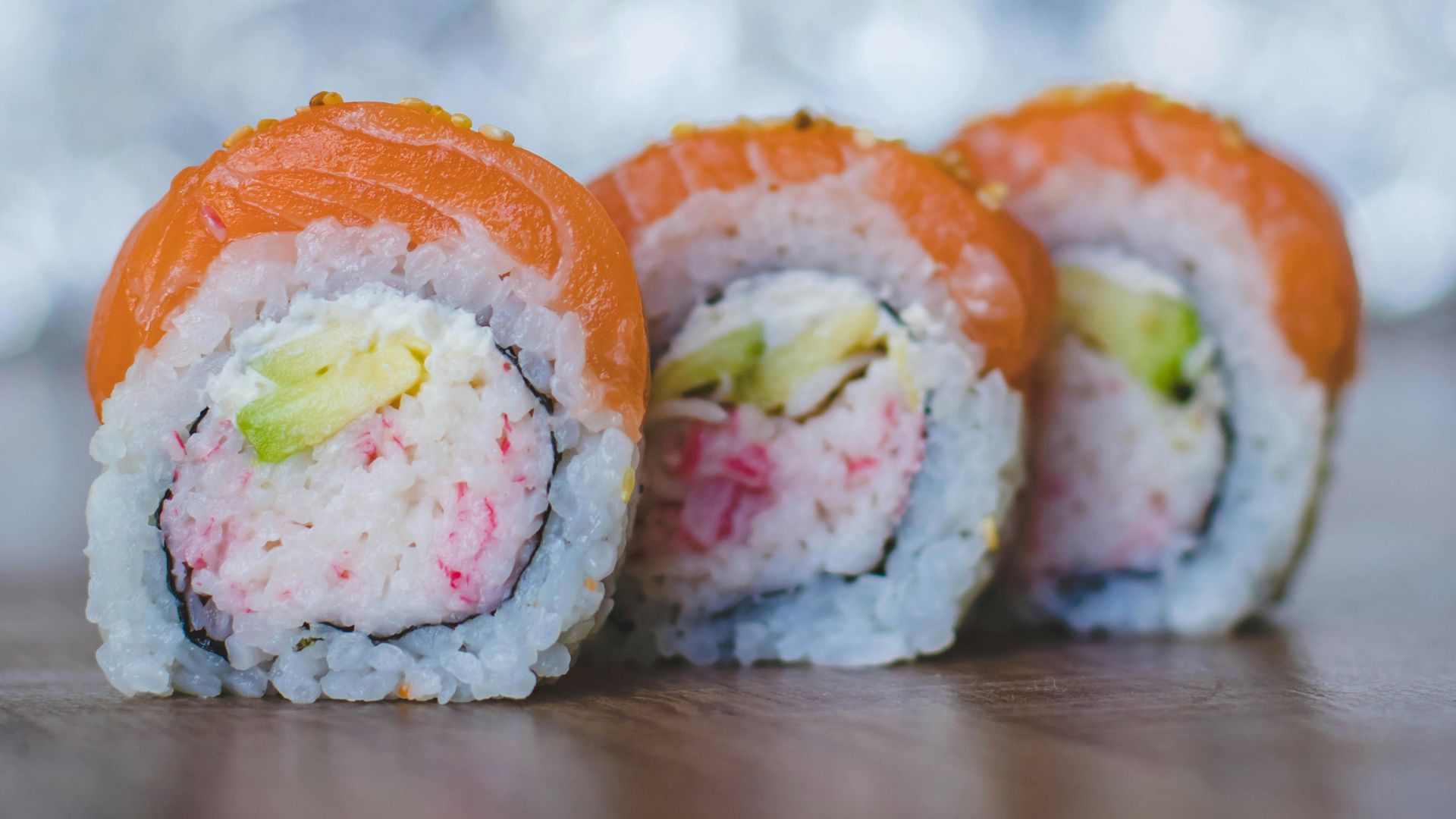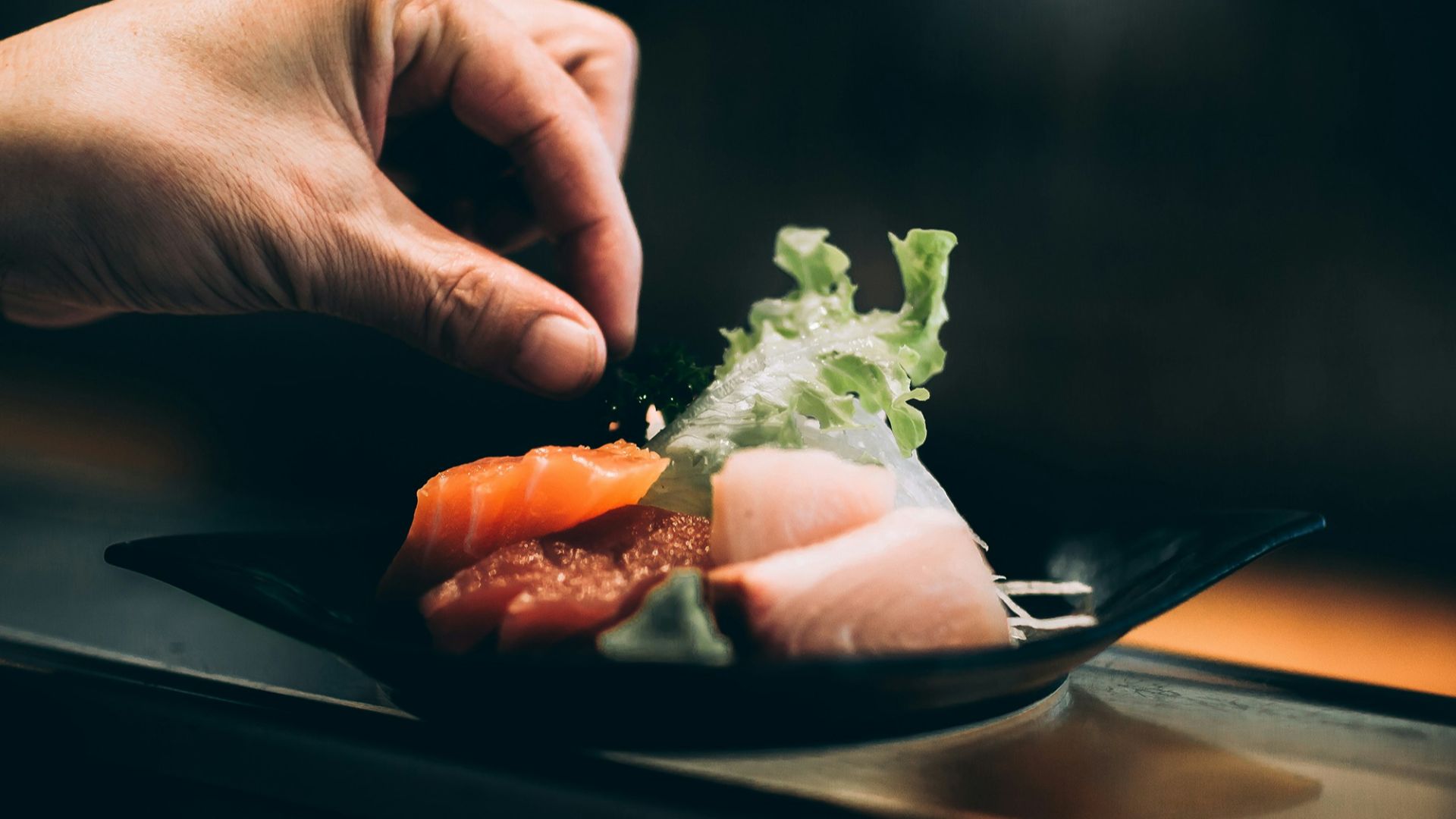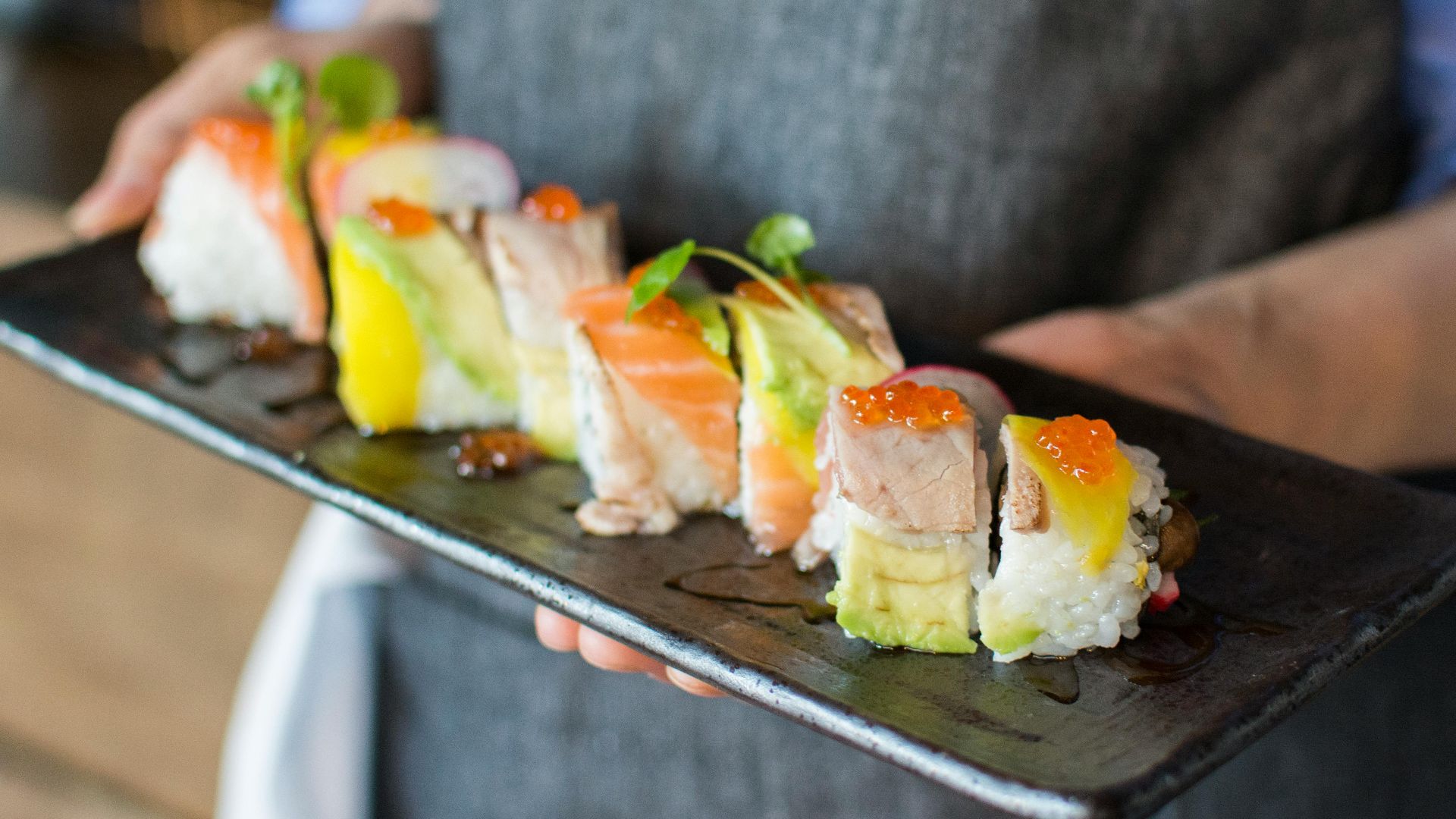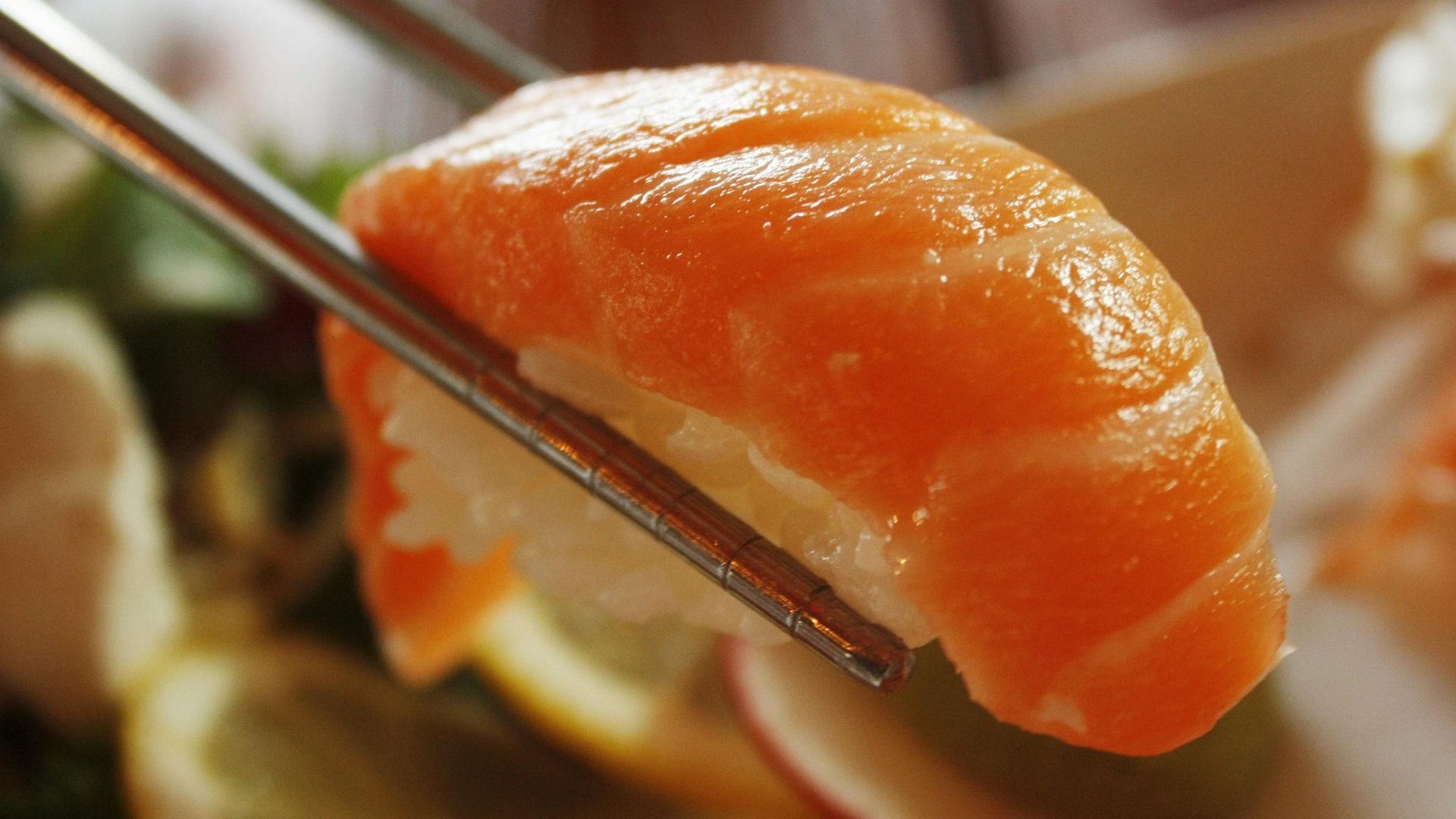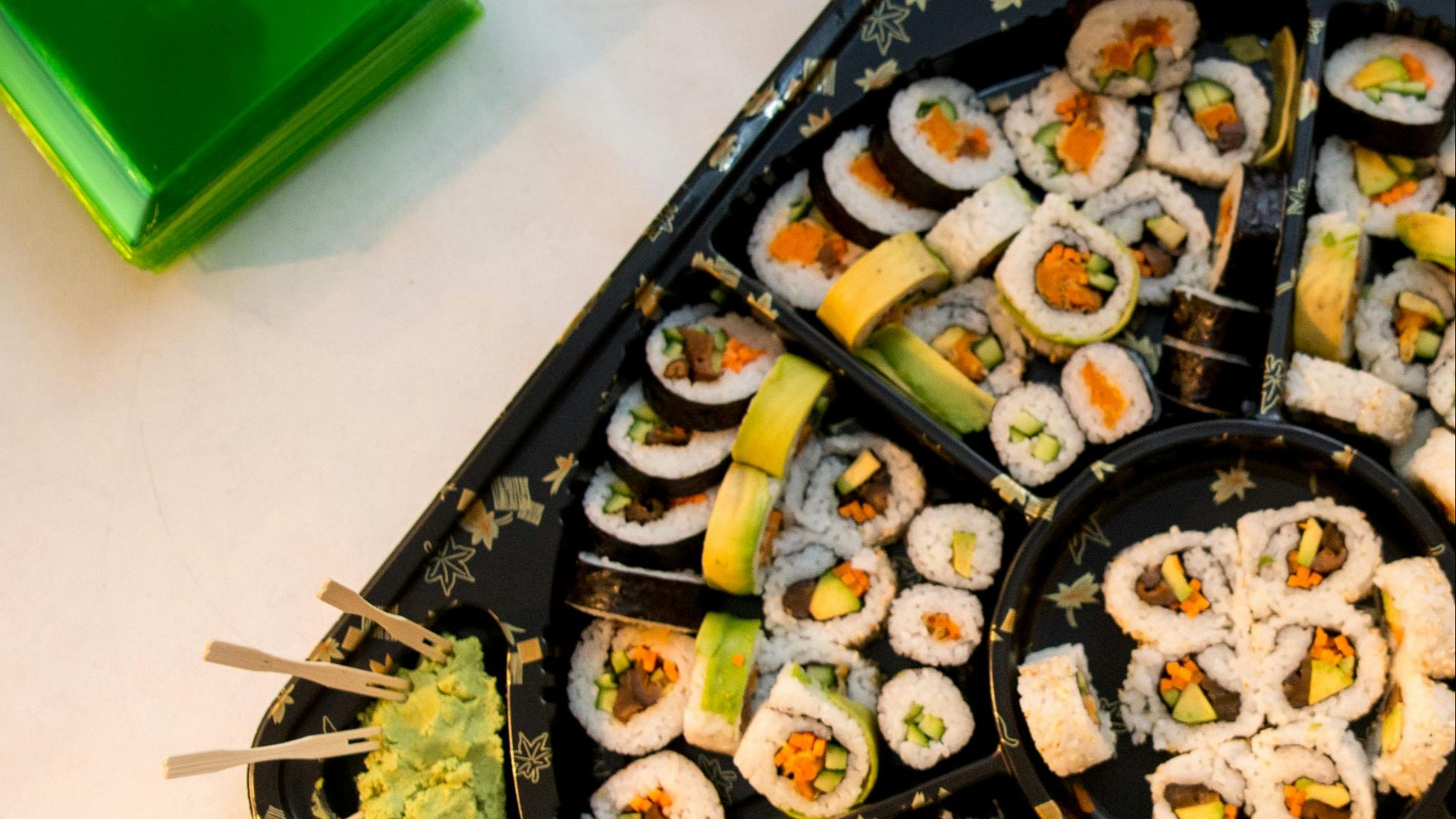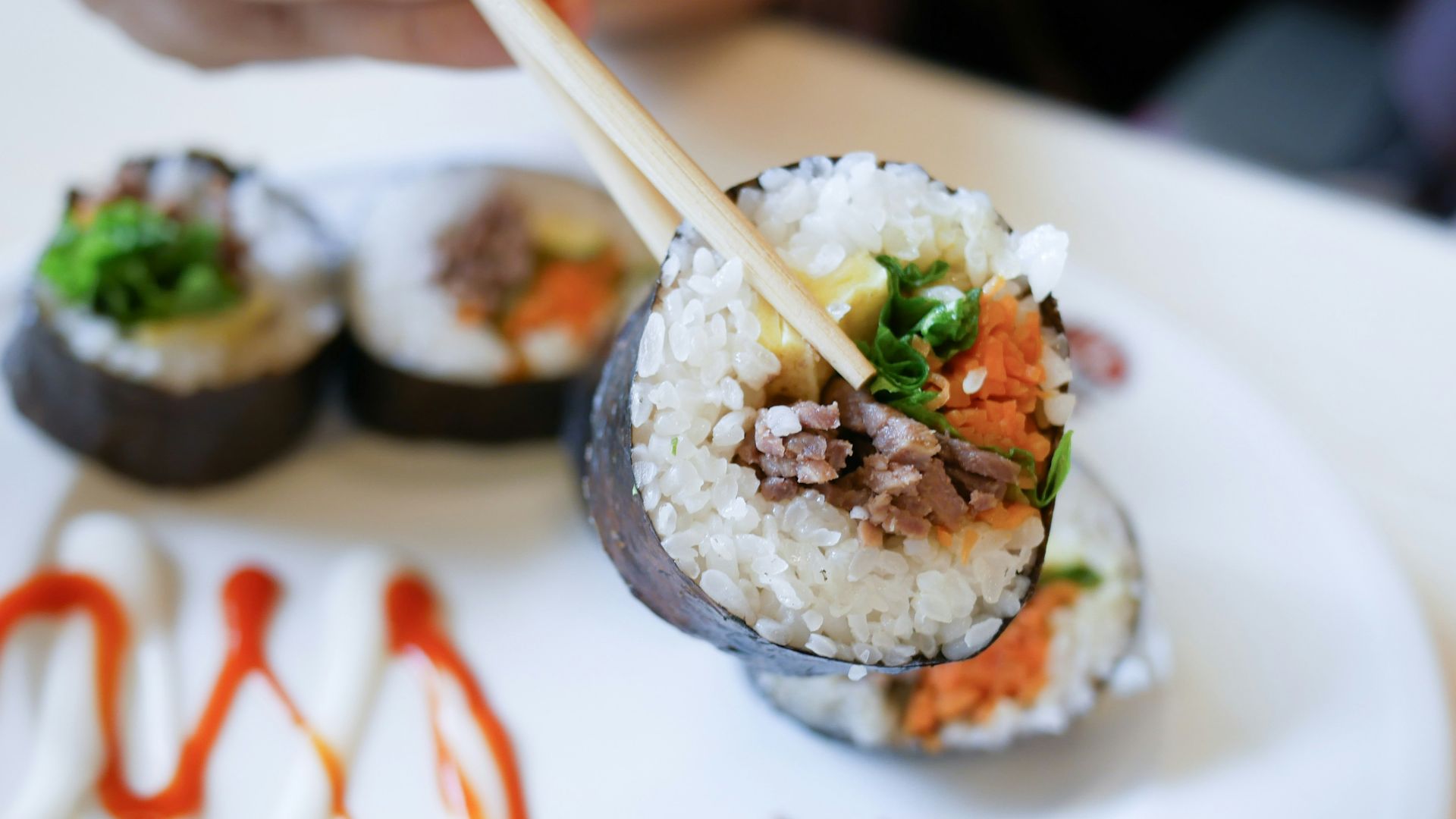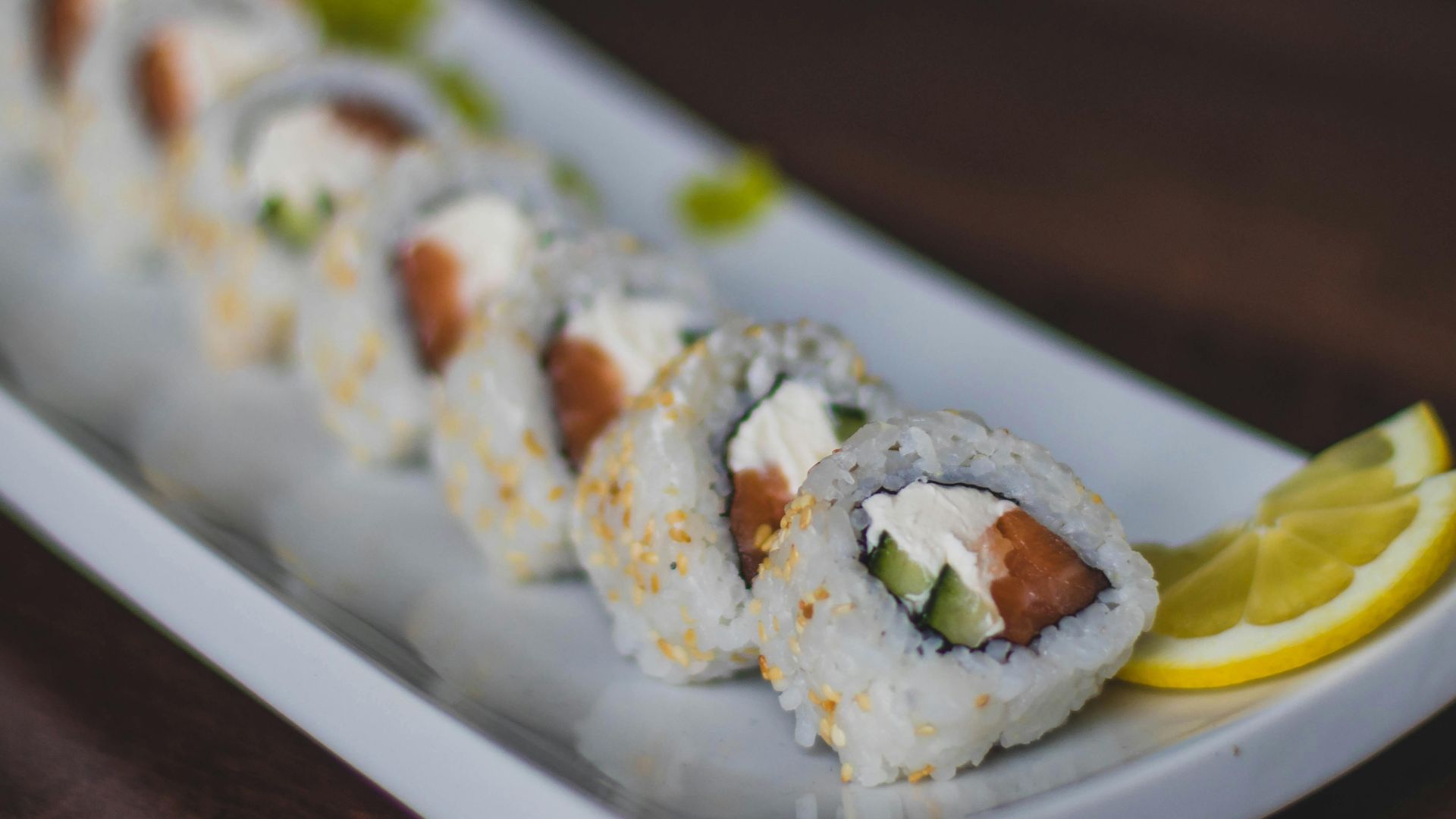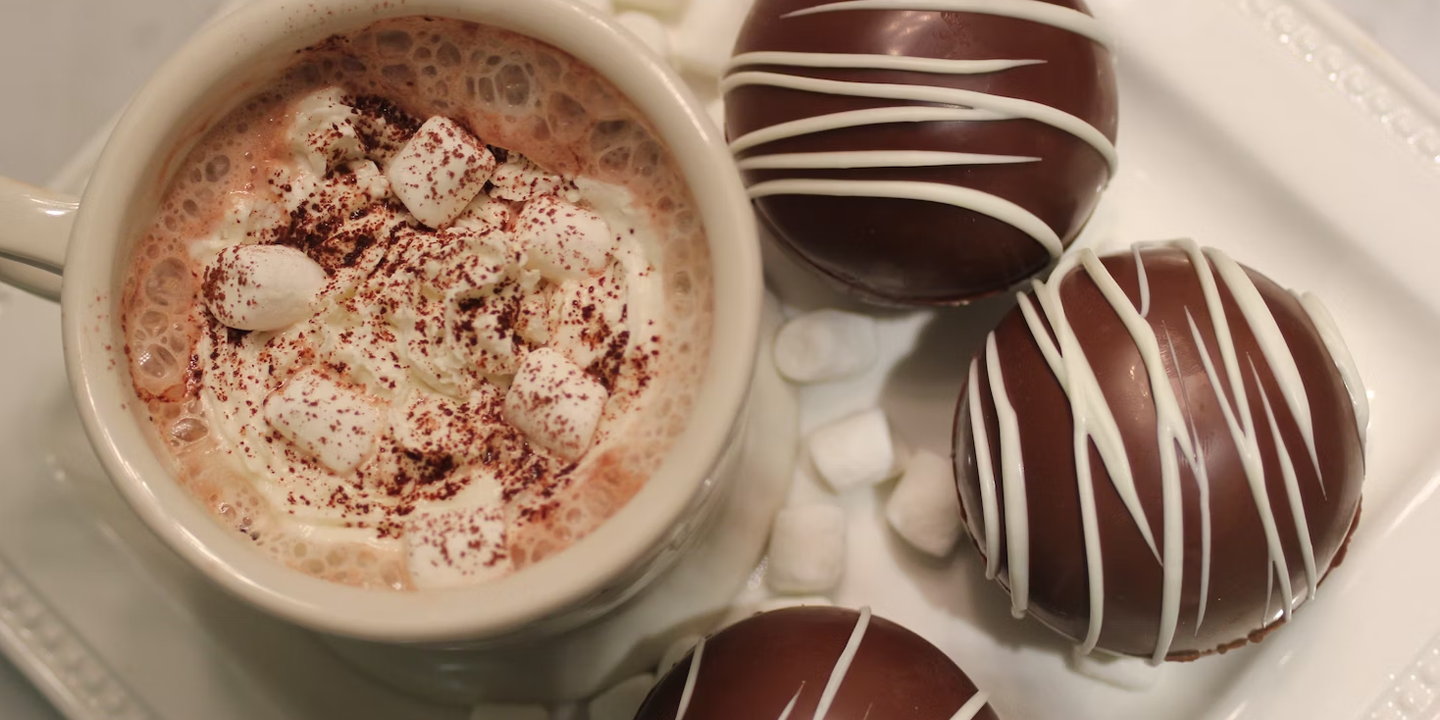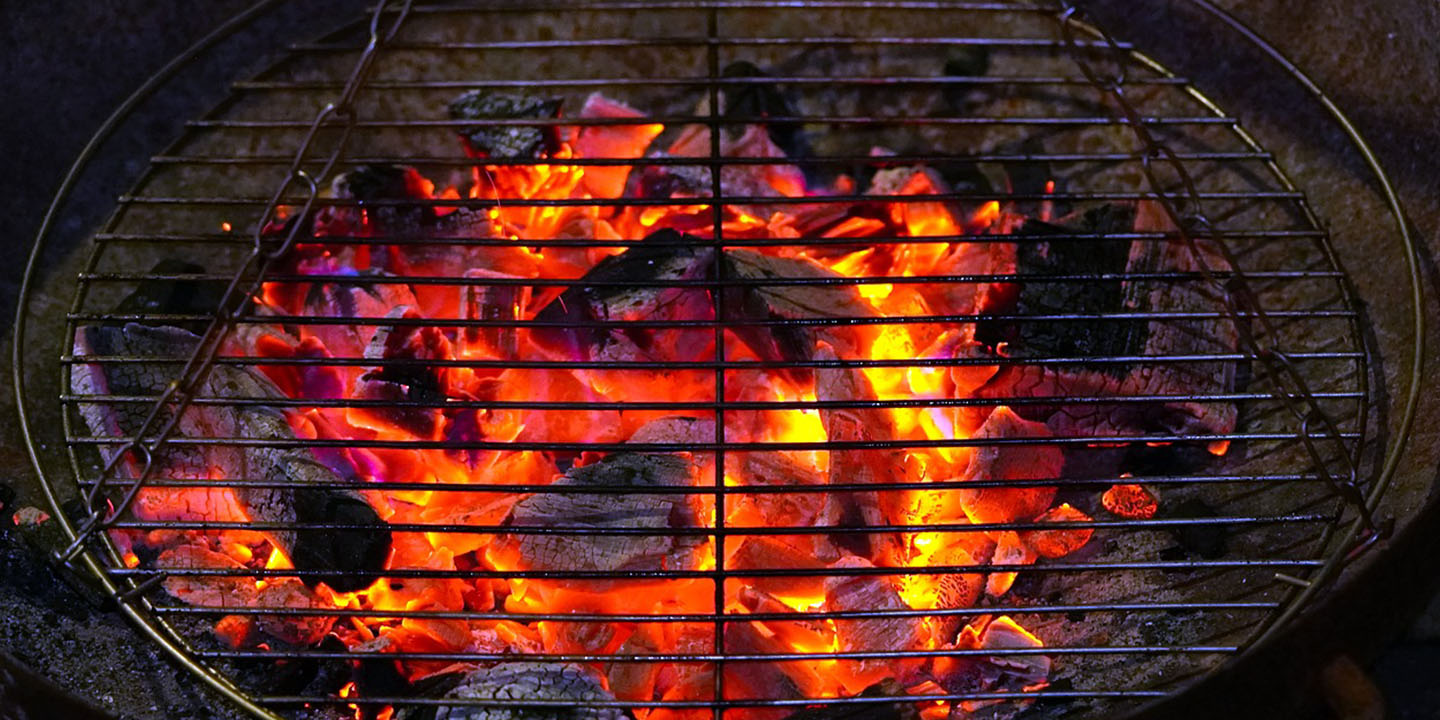Most Americans Don't Care for Aji
It wasn't long ago that sushi was an exotic food that most Americans wouldn't even consider eating. Things have changed significantly, as sushi can now be found in grocery stores and airports, and sushi restaurants are abundant throughout the country. Of course, that doesn't mean that every type of sushi has been accepted into everyday cuisine. Here are 10 types of sushi that Americans can't handle and 10 they love.
1. Natto Roll
This one is infamous among Americans for its slimy texture and less-than-appealing aroma. It's made from fermented soybeans and has a stringy consistency and a high level of funk. Unless you're accustomed to eating fermented foods, this sushi roll may be challenging for you.
2. Uni
Uni's custard-like texture is quite buttery and intriguing, but its briny flavor makes it more of a delicacy in Japan than in Wyoming. It has an intense taste and can be unpleasant if handled improperly. This is one of the more polarizing pieces of sushi.
3. Shirako
Also known as cod milt, shirako refers to the fish sperm sac. It's delicate and has a subtle sweetness. Its concept alone makes it tough for American diners. Even the more adventurous eaters struggle with its creamy, silky texture and the mental image it conjures.
4. Hoya
Hoya has been described as tasting like "the ocean times ten". Its briny, iodine-heavy bite tends to linger on the palate for some time. It offers a firm and rubbery texture and an aggressive flavor.
5. Aji
Aji's distinct umami flavor comes with a noticeable oiliness and something of a metallic taste. Sushi veterans adore its freshness and bright flavor, but the fishy scent turns off casual sushi eaters.
6. Namako
Namako is more about texture than taste. It's slippery, gelatinous, and has a bit of a crunch to it. The turn-off for many Americans is its bland flavor that allows it to take on the flavor of soy and vinegar that it's meant to be paired with.
7. Ankimo
Ankimo is monkfish liver, and it's been called the "foie gras of the sea" by sushi purists. It's rich and offers deep umami flavors. That said, the fishy flavor and creamy texture can be off-putting for those who are only used to more traditional pieces of sushi.
8. Saba
Saba's strong scent and oily flesh make it one of the tougher types of sushi for Americans to swallow. It's marinated in vinegar and salt, which helps it develop a tang that complements its richness. It's a big departure for anyone used to supermarket sushi.
9. Kohada
This small, silver-skinned fish is marinated in vinegar and has a sharp, tangy taste. Many Americans find the strong fishy aroma to be overwhelming, especially those who prefer milder white fish.
10. Katsuo no Tataki
This type of sushi is lightly seared on the outside, leaving the inside to be a raw treat. Despite its depth of flavor, its flavor is too gamey for the uninitiated.
1. California Roll
America's most iconic type of sushi, the California roll swaps raw fish for imitation crab, avocado, and cucumber. It's approachable and treated as a gateway to the world of sushi.
 Tim Reckmann from Hamm, Deutschland on Wikimedia
Tim Reckmann from Hamm, Deutschland on Wikimedia
2. Spicy Tuna Roll
This American sushi staple, the spicy tuna roll, blends minced raw tuna with a spicy mayo. It's bold by American standards and isn't too intimidating.
 Riccardo Bergamini on Unsplash
Riccardo Bergamini on Unsplash
3. Shrimp Tempura Roll
Crispy shrimp tempura wrapped in rice and nori nicely fuses American comfort food with classic sushi flavors and aesthetics. The crunchy batter with the soft rice wins over even those who are new to sushi.
4. Philadelphia Roll
With cream cheese, smoked salmon, and cucumber, this is a sushi roll that's tailor-made for fickle American tastes. It's the Japanese take on bagels and lox and offers the same richness, savory elements, and a touch of nostalgia.
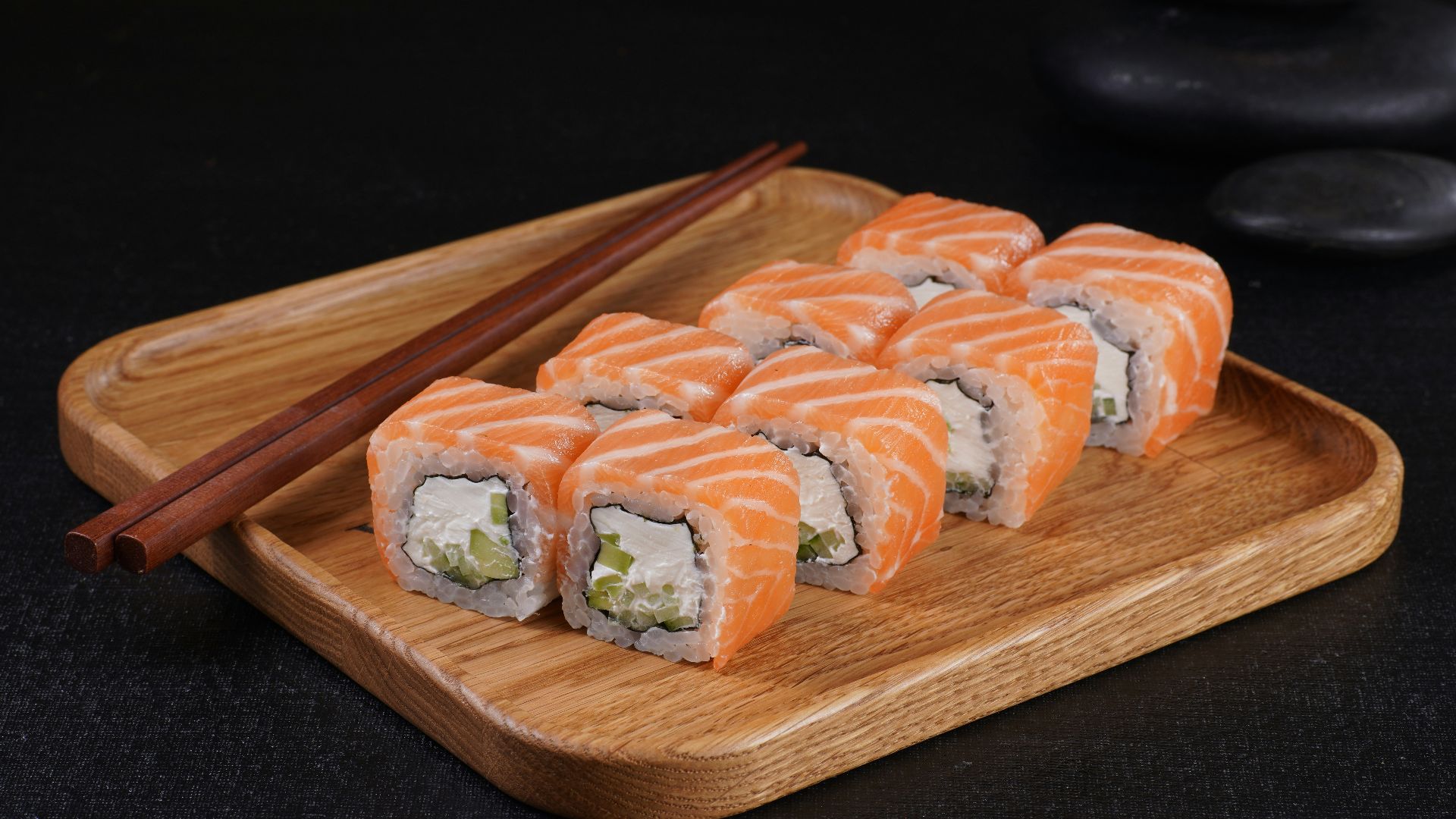 David Foodphototasty on Unsplash
David Foodphototasty on Unsplash
5. Eel Roll
Eel roll is barbecued freshwater eel glazed in a sweet sauce. This fish is cooked, which helps explain why Americans have been more open to adopting it. It also has a meaty texture that bridges Japanese cuisine with BBQ vibes.
6. Rainbow Roll
The rainbow roll layers tuna, salmon, yellowtail, and avocado over a California roll. It's colorful, indulgent, and doesn't feel too weird for most Americans to eat. Its popularity stems from its visual appeal and flavor variety.
7. Salmon Nigiri
Americans enjoy this type of sushi for the fresh salmon that complements the vinegared rice. It's simple and offers a mild, silky texture, which makes it a good stepping stone for Americans who are looking to advance beyond spicy tuna rolls.
8. Dragon Roll
This is one creative role that Americans have jumped feet-first into ordering. It features eel, cucumber, and avocado and is topped with sauces and tobiko. People love its presentation, the layers of umami, and the sweet and savory combination of flavors. The crunch is the cherry on top.
9. Tuna Roll
Maybe it's the tuna roll's minimalism that has helped it appeal to Americans. It's clean, lean, and packed with satisfying flavors. The straightforward combination of tuna, rice, and seaweed provides a natural taste that isn't overwhelming. The tuna roll exemplifies how sushi can thrive with clean flavors.
10. Volcano Roll
The volcano roll is an American invention, which explains its broad appeal. It's baked or broiled with spicy mayo, crab, and scallops or shrimp. Every bite is warm, creamy, and has a bite of dramatic flair. Some restaurants serve a sizzling version, which adds to the fun. Truthfully, this one feels more like an American comfort dish than traditional sushi.
KEEP ON READING





